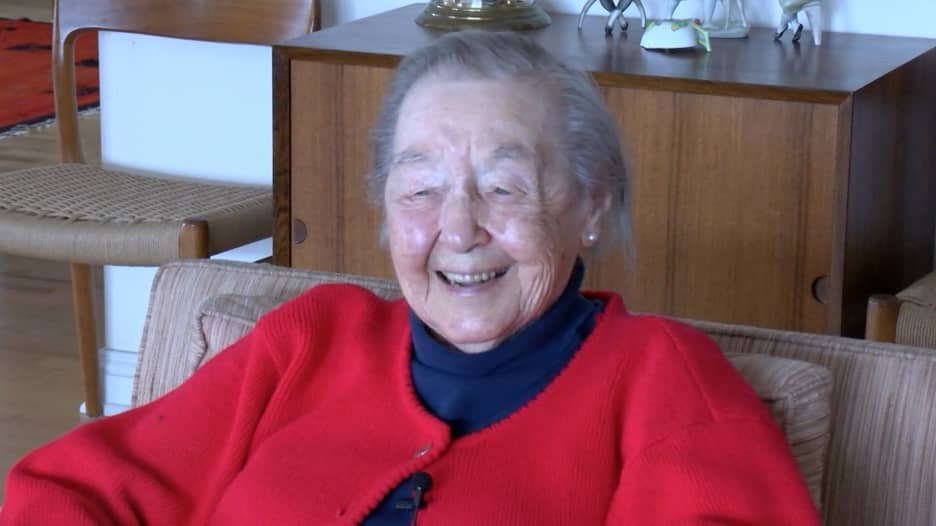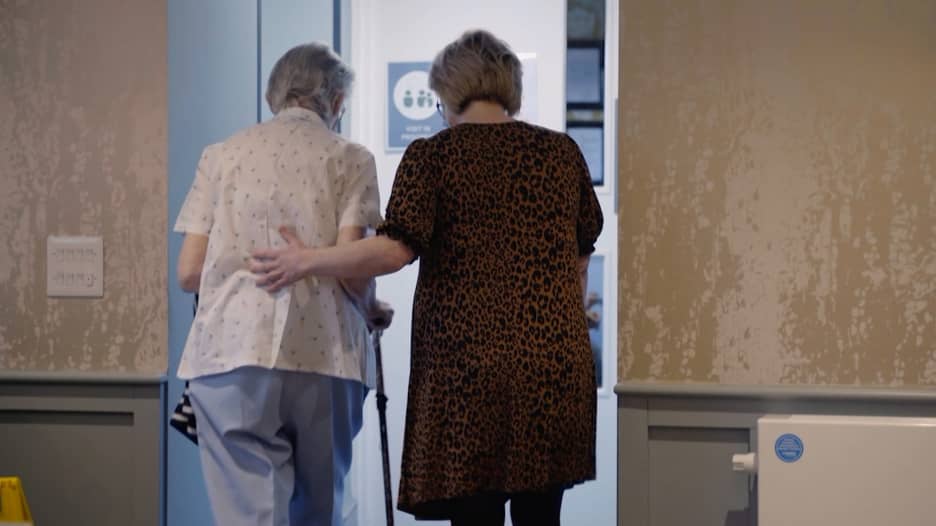دبي، الإمارات العربية المتحدة (CNN) -- اكتشف العلماء أنّ الإنسان يتقدّم في العمرعلى المستوى الجزيئي، خلال مرحلتين متسارعتين، الأولى في سنّ الـ44، والثانية عند بلوغه الـ60 من عمره.
وفي دراسة نشرت في دورية "Nature Aging"، تابع علماء من جامعة ستانفورد وجامعة نانيانغ التكنولوجية في سنغافورة، 108 مشاركين على مدى سنوات عدة لمراقبة التغيرات المرتبطة بالشيخوخة في جزيئاتهم، أي الحمض النووي الريبوزي، والبروتينات، والميكروبات لديهم.
ووجد العلماء أنّ الشيخوخة البشرية لا تحدث بشكل تدريجي، بل أظهرت معظم الجزيئات التي درسوها تغيّرات متسارعة وغير خطية، في عمر 44 و60 عامًا.
وصرّح شياوتاو شين، الأستاذ المساعد في طب الميكروبيوم لدى جامعة نانيانغ للتكنولوجيا والمؤلف الأول للدراسة، لـCNN أنّ النتائج تظهر "أنّنا لا نكبر بالسن بشكل تدريجي". وأضاف أن بعض المراحل تعد مهمة بشكل خاص لشيخوختنا وصحّتنا.
على سبيل المثال، ذكر مايكل سنايدر، رئيس قسم علم الوراثة في جامعة ستانفورد، ومؤلف الدراسة، لـCNN، في إشارة إلى موجتي الشيخوخة:
- تقل القدرة على استقلاب الكافيين بشكل ملحوظ، أولاً في عمر الأربعين ومجددًا في عمر الستين.
- وتقل كذلك المكونات المشاركة في استقلاب الكحول، خصوصًا خلال عمر الأربعين، بحسب ما
وأشار سنايدر إلى أن "الناس غالبا ما يتعرضون لإصابات في العضلات، ويلاحظون تراكم الدهون في الأربعينيات من العمر (مرتبطة باستقلاب الدهون)، وبالتأكيد يصيب ضمور العضلات الأشخاص في الستينيات من العمر، وهو أمر مهم للغاية".
وأضاف أنّ الفئتين العمريتين شهدتا تغيرات في البروتينات التي تربط الأنسجة معًا، ما يساعد على الأرجح، على تفسير التغيرات في الجلد، والعضلات، والقلب، والأوعية الدموية.
وترتفع مخاطر الإصابة بالأمراض بشكل أسرع، لا سيّما بعد عمر الستين.
ووجدت الدراسة أنّ الأشخاص الذين تبلغ أعمارهم 60 عامًا وما فوق هم أكثر عرضة للإصابة باضطرابات القلب والأوعية الدموية، ومشاكل الكلى، ومرض السكري من النوع 2.
وقد يساعد العثور على أنماط مثل هذه في تشخيص الأمراض والوقاية منها، وفقًا للدراسة التي أشارت إلى أنّها حدّدت أيضًا "علامات قابلة للتنفيذ سريريًا"، يمكن استخدامها لتحسين إدارة الرعاية الصحية، ورفاهية السكان المسنّين.
وركّزت الدراسة على مشاركين تتراوح أعمارهم بين 25 و 75 عامًا، لمدة عامين تقريبًا كمعدل وسطي. وعاش جميع المشاركين في ولاية كاليفورنيا، وكانوا بصحة جيدة وجاءوا من خلفيات عرقية متنوعة. وأُُخذت منهم عينات من الدم، والبراز، والجلد، ومسحات الأنف والفم كل ثلاثة إلى ستة أشهر.
ونظرا لأن الشيخوخة المتسارعة لدى النساء يمكن أن تُعزى إلى انقطاع الطمث (الذي يحدث عادة بين سن 45 و55)، فقد أجرى الباحثون تحليلاً على مجموعات بيانات منفصلة للذكور والإناث. ووجدوا أنّ النتائج كانت متشابهة، ما يشير إلى أنّ نقطة التحوّل عند سن 55 قد تكون ظاهرة شائعة لدى الجنسين.
وأكدت دراسة سابقة أجراها باحثون في ألمانيا والولايات المتحدة أنّ هناك "موجة" أخرى من الشيخوخة عند بلوغ سنّ الـ75، لكن أحدث الأبحاث لم تتمكن من تأكيد هذه النتائج بسبب النطاق العمري المحدود للمجموعة المشاركة في التجربة، وفق ما صرّح شين لـCNN.
أما فيما يتعلق بما يمكن استخلاصه من نتائجهم، ينصح الباحثون بإجراء تغييرات في نمط الحياة عند الاقتراب من هذه السنوات المحورية في الأربعينيات والستينيات من العمر، مثل:
- استهلاك كميات أقل من المشروبات الكحولية،
- وممارسة المزيد من التمارين الرياضية.
ونصح سنايدر الأشخاص الذين يقتربون من الستينيات من العمر بمراقبة تناولهم للكربوهيدرات وشرب كميات كبيرة من الماء للمساعدة في وظائف الكلى.
ونصح شين بالقول: "عليك الاعتناء بنفسك عن كثب في مراحل زمنية محددة خلال فترة حياتك".










